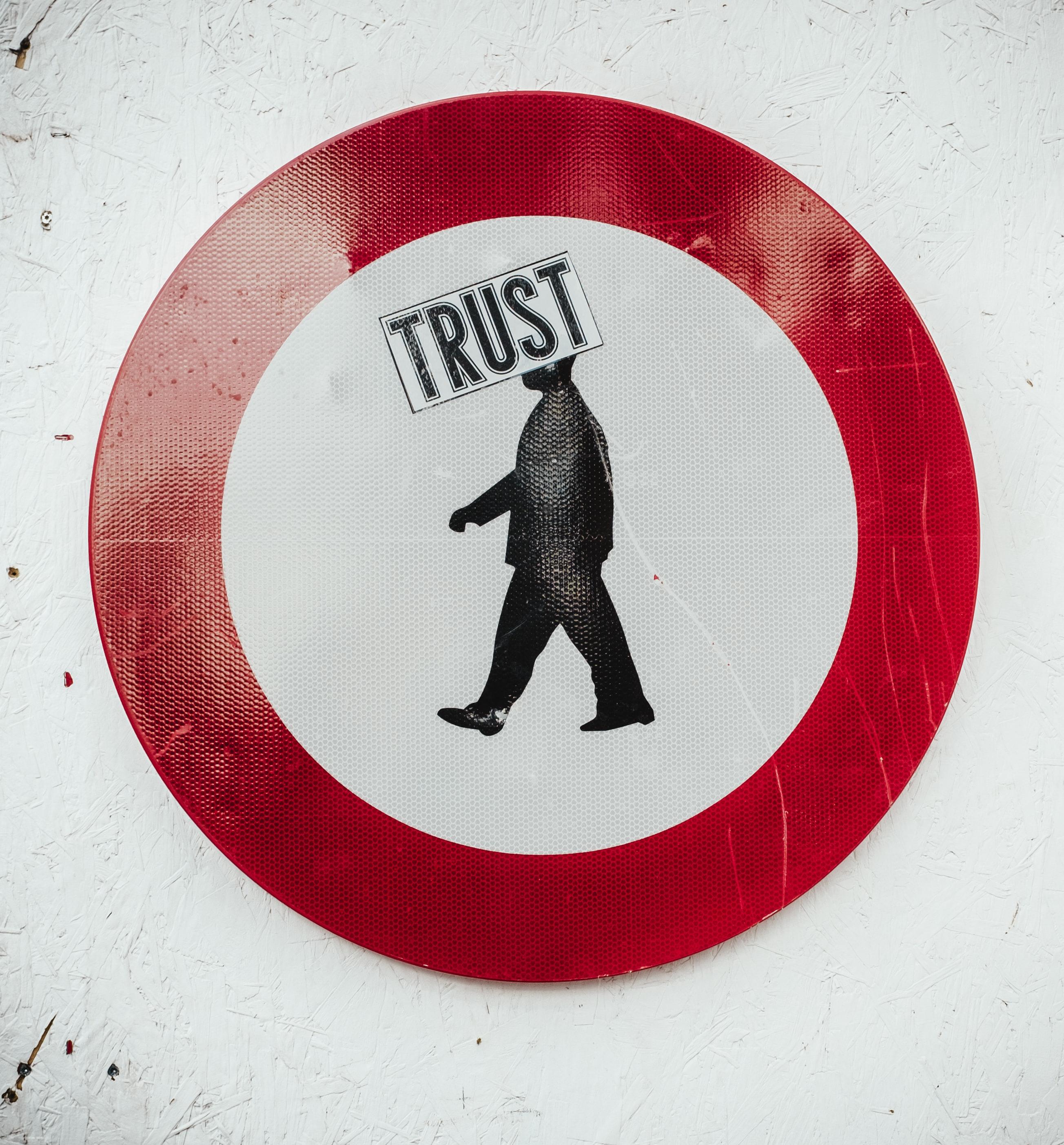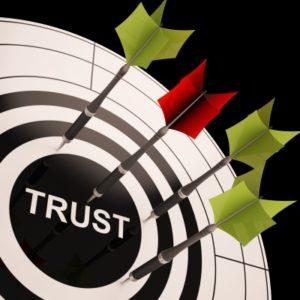Important News about Relationship Fundraising: Stop Losing Donors

Do you know how you may be breaking your donor’s heart? Keep it up, and they’ll break yours.
This is important.
It’s about a report that may change how you do fundraising.
It should.
Let me explain.
Unless you’ve been asleep at the wheel, by now you should know most nonprofits have been hemorrhaging donors for over a decade.
By tending to focus more on expensive, staff-intensive acquisition strategies like direct mail and special events, charities are bringing in one-time donors who never give to them again. It’s why I focus so much on donor retention strategies and exhort you to make them your priority strategy.
Why? Because otherwise all your acquisition efforts are wasted. The latest Fundraising Effectiveness Project Report revealed an astounding 81% of first-time donors lapse. [BTW: This isn’t the report that’s going to change your modus operandi; it’s merely the rationale for the release of the report that will. Keep reading.] Of repeat donors, 39% lapse. This means, on average, charities retain only 45% of all donors. For every 100 new donors acquired, on average nonprofits lost 96 existing donors. That means you’re engaging in a whole lot of work, for a pretty miserable return on investment.
“Over 70% of people that we recruit into organizations never come back and make another gift, so we’re caught on this treadmill where we have to spend lots of money on acquisition which most nonprofits lose money on anyway, just to stand still.”
– Professor Adrian Sargeant,
Director of the Centre for Sustainable Philanthropy at Plymouth University
This is the proverbial three steps forward, two steps back – only worse!
This burn and churn strategy is killing nonprofits — and burning out the folks who work in them.
Why is it that for profits manage to retain 94% of customers, yet there’s such a huge disparity when it comes to nonprofits?
Details

 I’m excited to share three easy tips with you, and the results are measurable. Do these things and you’ll be able to tell if they impact your bottom line!
I’m excited to share three easy tips with you, and the results are measurable. Do these things and you’ll be able to tell if they impact your bottom line!

 What do you spend more time on? Asking or thanking?
What do you spend more time on? Asking or thanking?


 What do you most need to sustain your nonprofit through thick and thin?
What do you most need to sustain your nonprofit through thick and thin?
 Trust defines the credibility and legitimacy not only of your organization, but of the entire social benefit sector. Yet too few organizations make the effort to operationalize this construct into their fundraising and marketing planning.
Trust defines the credibility and legitimacy not only of your organization, but of the entire social benefit sector. Yet too few organizations make the effort to operationalize this construct into their fundraising and marketing planning.